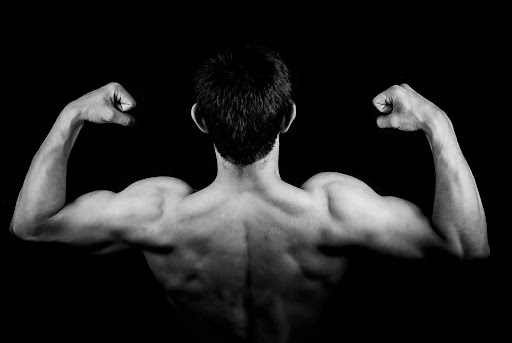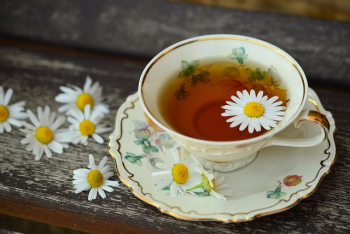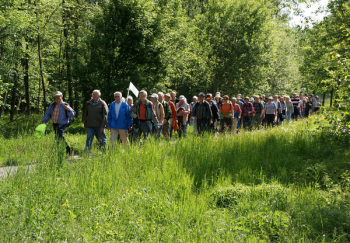You don’t have to be a bodybuilder. In fact, just two to three sessions per week can make a measurable difference.
Here’s what science says strength training can do for you:
- Preserve lean muscle and boost resting metabolism
- Improve balance, posture, and coordination
- Support brain health and cognitive clarity
- Enhance insulin sensitivity and metabolic health
- Protect joints and reduce fall risk
And perhaps most importantly, it helps you maintain independence, one of the strongest predictors of quality of life as you age.
What About Recovery and Energy? Enter: Creatine Monohydrate Powder
Here’s where many people hit a wall: motivation and recovery.
Lifting weights can feel like a struggle when your muscles tire quickly. This is where Creatine Monohydrate, a well-studied ingredient used by longevity researchers in clinical trials, becomes incredibly relevant.
Creatine is not just for athletes or bodybuilders. It’s a naturally occurring compound that helps supply energy to cells, particularly muscle and brain cells.
When used consistently, creatine helps:
- Replenish ATP (your cells’ energy currency) during high-intensity exercise
- Improve strength and muscle mass gains
- Reduce fatigue and improve recovery time
- Support cognitive performance (yes, creatine is also a nootropic!)
Pure Creatine Monohydrate from DoNotAge.org
Not all creatine is created equal.
At DoNotAge.org, we don’t sell products… We sell ingredients that are:
- Used by leading researchers in clinical trials
- Purity-verified and tested to the highest standard
- Free from fillers or additives
- Designed to support real, measurable health outcomes
“We are a Health Research Organisation first. Our mission is to lead global health research, not just provide longevity ingredients.”
When you use Creatine Monohydrate Powder from DoNotAge.org, you're accessing an ingredient that's:
- Actively used by longevity experts
- Involved in research that seeks to extend healthspan, not just lifespan
- Helping people stay strong, capable, and cognitively clear for longer
No shortcuts. No compromises.
Practical Tips to Start Strength Training (at Any Age)
New to the weight room? No problem. Here’s a simple plan to begin.
1. Start with bodyweight basics
Squats, wall push-ups, planks, and lunges build foundational strength.
2. Use resistance bands or light dumbbells
Progress at your own pace. Even a 1kg dumbbell can build strength when used correctly.
3. Train for function, not flash
Focus on compound movements (like squats and rows) that engage multiple muscles and mimic everyday tasks.
4. Pair it with mobility work
Stretch and move your joints to reduce stiffness and improve range of motion.
5. Stay consistent.
You don’t need to train daily. 2-3 sessions a week is plenty. You just need to show up consistently.







